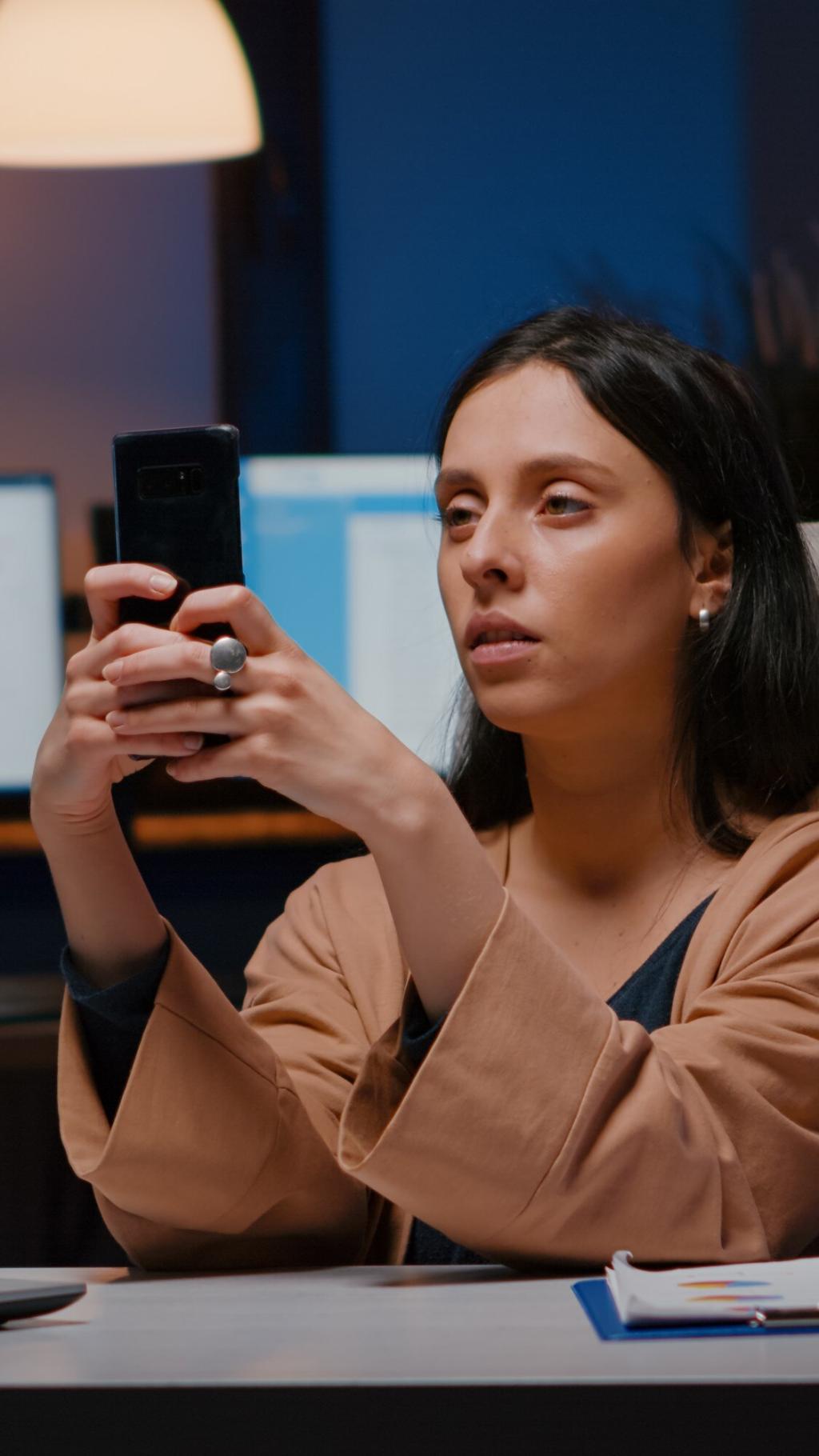Seeing Home: The Role of Visual Imagery in Home Decor Copywriting
Chosen theme: The Role of Visual Imagery in Home Decor Copywriting. Welcome to a space where pictures lead and words illuminate. Here, we explore how images of light, color, and texture shape persuasive stories, guide buying decisions, and transform browsing into belonging. Stay with us, share your thoughts, and subscribe for visual-first writing prompts.

Why Images Lead and Words Follow
Cognitive Shortcuts for Faster Understanding
A single styled vignette communicates scale, mood, and lifestyle in a heartbeat, letting your copy skip explanations and focus on guiding action. Invite readers to describe what they notice first, then echo that observation in your headline for instant recognition and connection.
Emotional Anchoring that Sticks
People remember how a room makes them feel more than what a product costs. Pair warm, evening light with language about unwinding rituals, and readers will associate your brand with comfort. Ask them to imagine tonight’s quiet moment, then lead them toward the piece that frames it.
Decision Clarity Through Visual Evidence
Lifestyle images resolve hidden objections about fit, function, and finish, removing friction that paragraphs alone cannot. Use captions to confirm what the eye suspects—durability, easy cleaning, modular pieces—so buyers feel reassured. Encourage comments with specific questions: Does this layout match your living room?
Building a Visual-First Copy Framework
If the photo whispers calm, your headline should breathe softly too. Avoid energetic verbs over serene imagery. Mirror the image’s rhythm with measured phrasing, and let one concrete detail—linen drape, matte oak, morning brightness—carry the narrative. Ask readers what single detail pulled them closer.
Color Psychology in Practical Phrases
Tie hue to habit: “Sage walls slow the evening, encouraging mindful meals.” Link neutrals to flexibility, deep blues to focus, and amber accents to warmth. Share a quick story about repainting a busy hallway with soft gray and noticing conversations linger. Ask readers which colors change their pace.
Light as a Daily Narrative
Photograph the same corner at dawn and dusk, then write two micro-stories shaped by that light: energetic coffee vs. reflective unwind. Use verbs that match brightness—spark, hum, hush. Invite followers to post their morning window photos and describe the first thing the light makes easier.
Texture You Can Almost Touch
Close-ups of boucle, cane, and stone beg for sensory language. Replace generic “cozy” with tactile specificity: nubby, cool-veined, finely grained. Pair textures with rituals—bare feet on jute, fingertips on limewash. Encourage readers to list three textures they crave this season and why those sensations matter.
Case Notes from Real Rooms
Version A showed the sofa alone; Version B placed it beside a low lamp and a stack of lived-in books. Keeping copy identical, Version B lifted add-to-carts by highlighting evenings, not upholstery. We then edited the headline to echo intimacy, and comments filled with book club plans.
Case Notes from Real Rooms
A renter’s galley kitchen looked stark until we shot under-cabinet glow and a bowl of citrus. Copy shifted from “maximize space” to “make weeknights taste like Saturday.” Shares doubled. We asked readers for their smallest joy in a small space; replies shaped a follow-up guide on rituals.

Visual Imagery Across Channels
Lead with a calm hero, then alternate wide imagery with concise, sensory copy. Use white space like silence between musical notes. End each module with a gentle prompt—“See it in evening light”—linking to a secondary image. Invite visitors to vote on their favorite scene for next month’s feature.
Visual Imagery Across Channels
Design emails around one photograph, one feeling, one decision. Keep the subject line a visual tease: “A chair that quiets Mondays.” Add a narrative caption and a short tip. Ask subscribers to hit reply with their room’s toughest corner; offer to spotlight one solution in the next newsletter.



Calls to Action Shaped by the Image
Match CTA language to the scene’s tempo. A serene bedroom deserves “Try the quiet” more than “Shop now.” Offer choices—“See the texture,” “Preview in your space.” Ask readers which call feels right for tonight, and test the winner on-site, reporting back in our next community update.
Prompts that Spark User-Generated Rooms
Post a simple framing cue—“Your coziest corner at 8 p.m.”—and share a template for consistent angles. Repost with respectful alt text and thoughtful captions that credit style decisions. Invite followers to tag a friend who helped arrange their space, building two-way storytelling and lasting participation.
Subscribing with Moodboards, Not Pop-Ups
Offer a monthly moodboard that includes reference images, palette swatches, and a short copy guide. Promise practical takeaways, not inbox noise. Ask new subscribers to choose a theme—slow mornings, weekend hosting, plant-led calm—so each email mirrors the imagery they crave and the words they want to hear.
